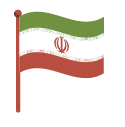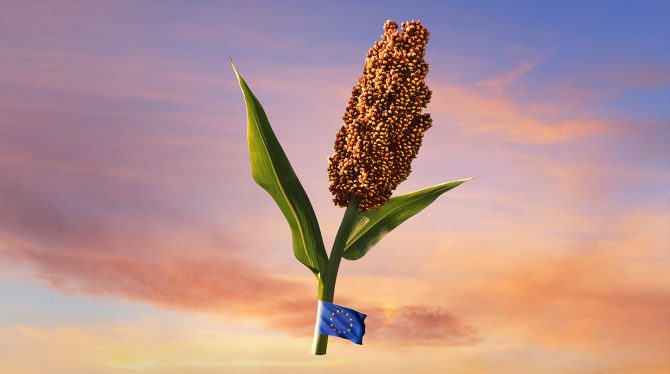Sorghum, the up and coming crop

More and more farmers are growing sorghum. This crop gives them both diversification and a response to climate change (let us not forget that 85% of agricultural land is not irrigated!). Another convincing argument: thanks to the star-sorghum genetics, yields are improving. As a result, the acreage is increasing and the supply is becoming more secure. This is a very satisfying trend for Sorghum ID, which works with the support of the European Commission for the development of this crop to reach its full potential in the future.
Acreages increasing for the 2nd year in a row

In the EU-28, after a first significant increase in 2018, the acreage grew by 19% in 2019. Sorghum ID estimates the acreage at 174,000 ha in 2019 (grain) vs 145,000 ha in 2018. The same is true for sorghum silage, with an acreage estimated at 86,400 ha this year, an increase of 18% compared to 2018 (73,400 ha).

In Ukraine, sorghum grain acreage is expected to increase by 25% and to reach 54,000 ha. In Russia, we do not have any reliable data yet to be able publish accurate figures for both sorghum grain and silage, but the indicators are also on the rise.

In Iran, another country where Sorghum ID is carrying out promotional activities, the acreage is forecast at 65,000 ha (grain + silage), a 40% increase compared to 2018. In Turkey, the sorghum acreage is estimated at 2,000 ha, essentially for use in fodder.
This upward trend in acreage is expected to be accompanied by a parallel rise in production, but it is still too early to give figures. In addition, the climatic conditions are quite different from one country to another: in Eastern Europe and Central Europe, they are rather favourable to the development of sorghum, while in Western Europe the accumulation of droughts and heatwaves adversely affected the development of plants.
Continue ?
Sorghum ID’s expert meetings

Trust star-sorghum













